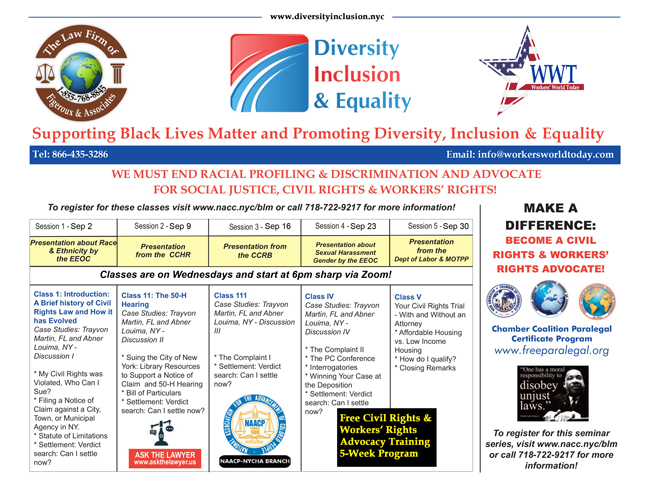If you are reading this on your smart-phone or laptop, you are fortunate to have access to internet service. More than 20 million households in the United States do not have internet service at home. The main barrier? Cost.
Racial disparities with broadband service: According to census data, about 10 percent of Black and Hispanic Americans and 13 percent of American Indians and Alaska Natives have no internet subscription compared to 6 per-cent of White households. And not all broadband access is equal: a disproportionate number of Black and Latino households rely on a smartphone (small screen) for their broadband connectivity. It is clear during this pandemic that working and learning via a smartphone with limited data and throttling is second-class access compared with using a laptop via wi-fi and an unlimited wired broadband connection. However, with the public health risks of COVID-19, internet access strategies that may have worked in the past for students, adults, and elders (through schools, libraries, the workplace, community centers, and free Wi-Fi at fast-food restaurants) are no longer safe.
COVID-19 exacerbates broadband service as a public health issue: COVID-19 has ravaged communities of color. Older adults and those with chronic health conditions of all races and ethnicities are particularly at risk from coronavirus and must self-isolate. Telemedicine minimizes the transmission of the virus, but patients must have broadband to take advantage of remote health care services. Broadband in the home enables families to stay at home.

COVID-19 exacerbates broadband as an economic issue: The risk of job loss during the pandemic also falls more heavily on workers of color. Access to work opportunities, services, and benefits for recently unemployed workers requires broadband. Physical distancing is still the safest way to limit the spread of COVID-19 and broadband is needed to access commerce and banking.
COVID-19 exacerbates broadband as an education issue: During surges of coronavirus infection, the bedroom has become the classroom for students of all ages. Students without broadband can’t access classroom instruction. Even if COVID-19 infection rates continue to fall, in September many schools will likely blend at-home and in-class learn-ing to maximize spacing among students. This means that broadband access will be important well into 2021 and beyond.
Opportunity to bring broadband to the home: The most economically distressed households must have access to affordable technology. Our health, our economy, and our educational competitiveness will not fully recover in the United States without it. Fortunately, Senators Wyden and Blumenthal have introduced the Emergency Broadband Connections Act of 2020, the Senate counterpart to Representative Veasey’s bill (H.R. 6881), which passed the House as part of the HEROES Act (H.R. 6800) on May 15. The Emergency Broadband Connections Act guarantees a $50 emergency broadband benefit — $75 in tribal areas — to every eligible low-income household in the country that makes a request to their Internet Service Provider (ISP) and provides a one-time discount for ISP-provided devices. The bill also expands the existing Federal Communications Commission low-income Lifeline program to offer unlimited voice minutes and texting. This is the Senate’s opportunity to address racial equity and, at the same time, enable telemedicine, distance learning, and online access to the workplace and marketplace from the home while also protecting public health.

